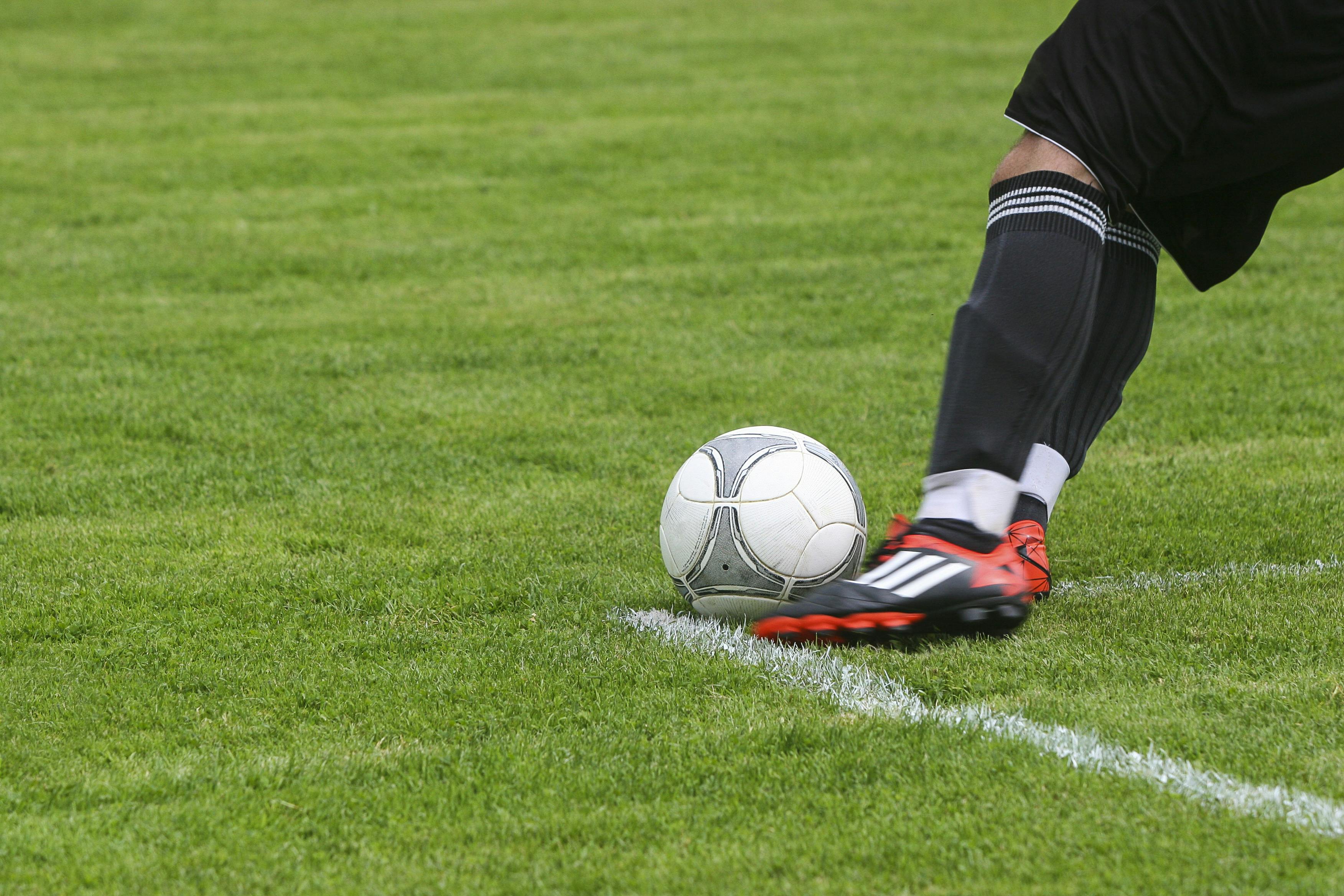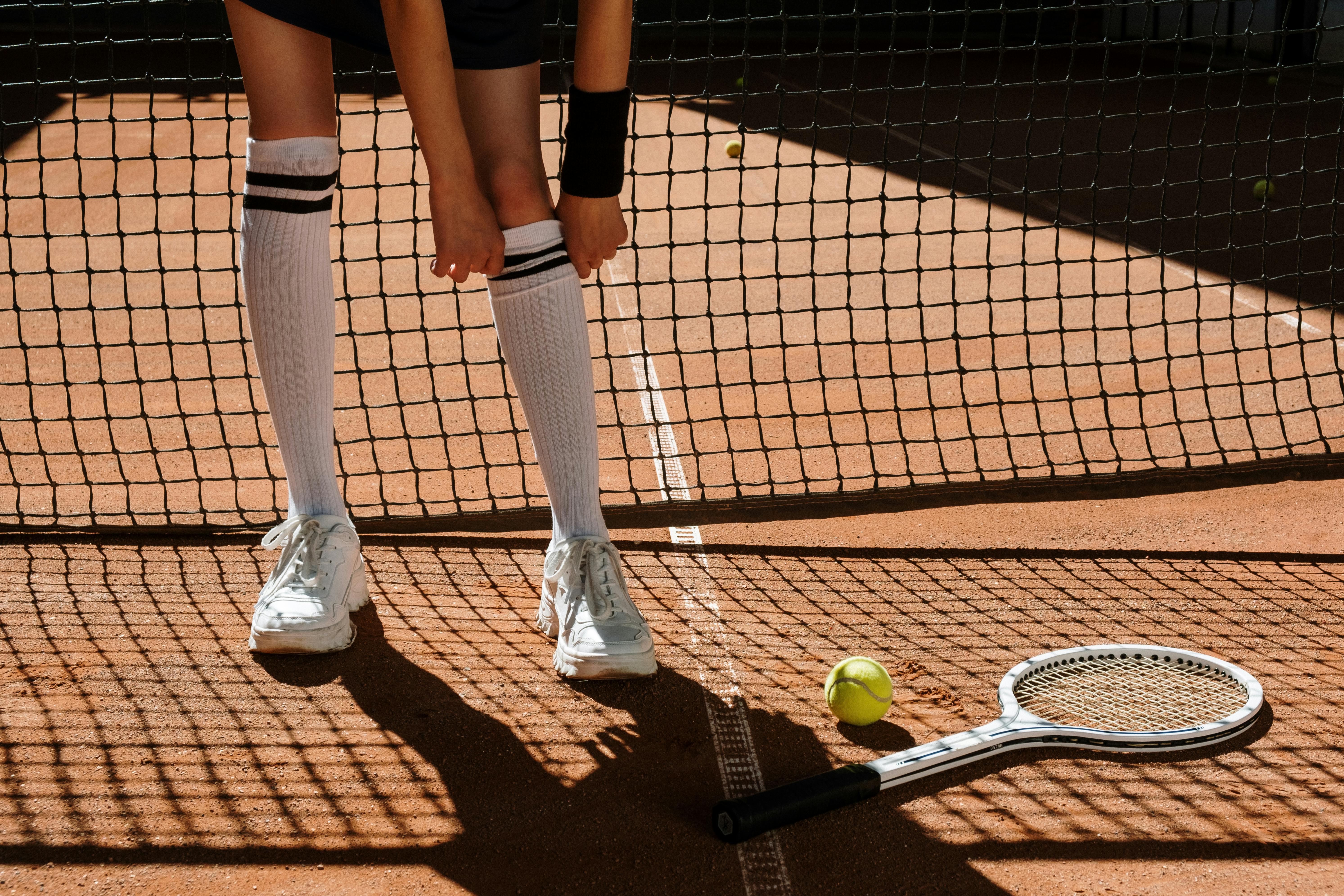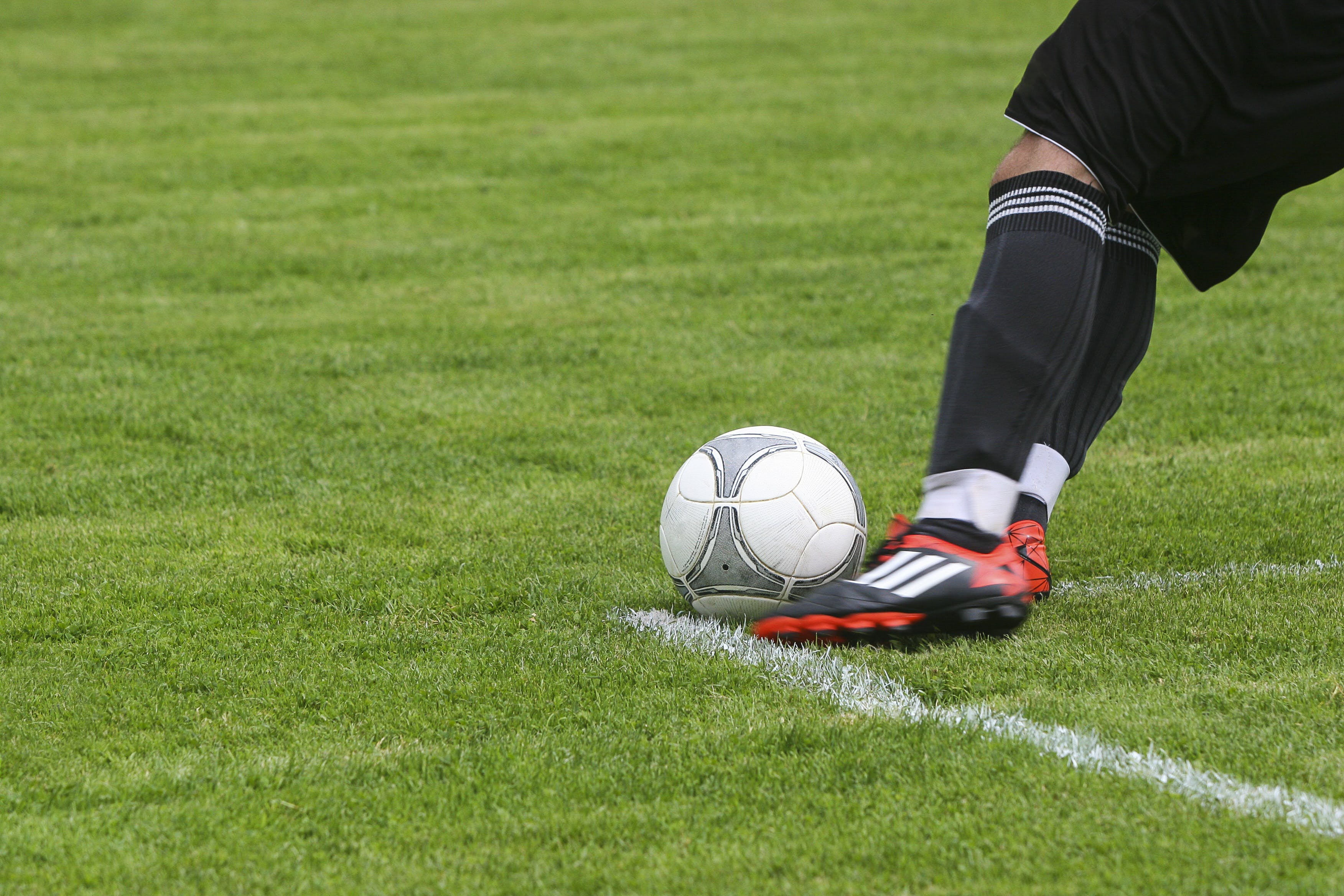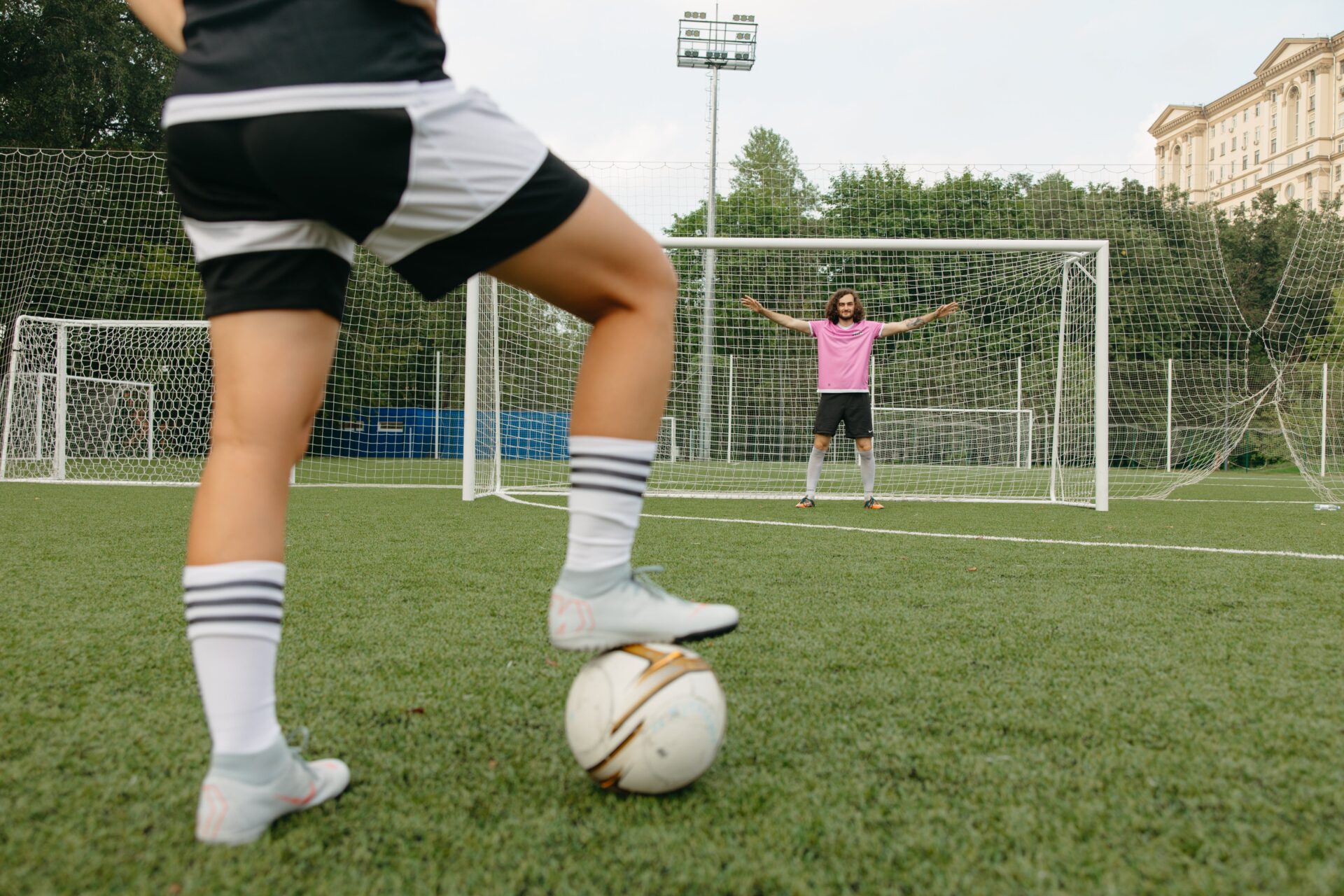The ball girth of your foot is the circumference of the widest area of your foot measured around the ball of your foot. It is an important measurement when it comes to fitting shoes and determining the size of your feet. Knowing the ball girth of your feet can help you find the right fit for shoes, preventing blisters and other problems caused by ill-fitting footwear.Ball Girth of the Foot is the circumference of the widest part of the foot, which is usually located at the ball joint (metatarsophalangeal joint) which connects the metatarsal bones to the toes.
How to Measure Your Foot’s Ball Girth
Measuring your foot’s ball girth is an important step in finding the right shoe size. The ball girth is the circumference around the widest part of your foot, which is usually across the base of your toes. Knowing your foot’s ball girth makes it easier to find shoes that not only fit properly, but also provide adequate support and comfort. Here are some tips on how to measure your foot’s ball girth accurately:
First of all, you will need a flexible tape measure. If you don’t have one, you can use a piece of string or thin ribbon and then measure it with a ruler. Stand with your weight evenly distributed on both feet and place the tape measure snugly around the widest part of each foot at the base of the toes. Make sure that you are standing up straight and not leaning to either side.
Next, take note of where the tape meets and mark it with a pen or make a small indentation with your finger so that you know where to start measuring from. You can also ask someone else to do this for you if it’s easier. Then, gently pull the tape measure snugly around your foot until it meets the mark or indentation that you made earlier.
Finally, take note of where the end of the tape meets and make sure to record this measurement in both inches and centimeters. This will give you an accurate measurement of your foot’s ball girth which can be used when shopping for shoes online or in stores. Make sure to measure both feet as they may be slightly different in size.
Measuring your foot’s ball girth is an easy process but can make all the difference when finding shoes that fit properly and provide adequate support and comfort. With these tips, you should now be able to accurately measure your foot’s ball girth so that you can find shoes that are perfect for you!
Factors Affecting Ball Girth of the Foot
The ball girth of the foot is an important factor to consider when selecting a shoe. There are several factors that can affect the size and feel of the foot’s ball girth. These include the shape of the foot, shoe width, and other measurements such as arch height and sole length.
The shape of the foot can significantly affect how it fits into a shoe and therefore affects the ball girth. Feet come in different shapes, such as archless feet, high arches, flat feet, and curved feet. Each type of foot has unique characteristics that need to be taken into consideration when choosing a shoe for proper fit.
Shoe width is another factor that affects the ball girth of the foot. Shoes are generally categorized by widths such as narrow, medium, wide, extra wide, or extra-extra wide. Selecting a shoe in an appropriate width ensures that it will fit snugly on your foot without squeezing or pinching your toes or heel.
Arch height and sole length can also play a role in determining the best fit for your foot’s ball girth. The arch height should be measured from heel to toe while standing barefoot; if it is too low or too high for a particular size shoe, then this could cause discomfort or pain when wearing them. Additionally, sole length measures how long your toes are in proportion to your heel; if they are too long or too short for a given size shoe then this could also cause discomfort or pain when wearing them.
Finding the right fit for your feet’s ball girth is essential for comfortable wear and avoiding injuries from ill-fitting shoes. It is important to take all these factors into account when selecting shoes to ensure that you have chosen footwear that fits properly and comfortably on your feet without compromising on style or performance.
Different Types of Ball Girth
A ball girth, also known as a ball joint or a ball and socket joint, is a mechanical device that is used to join two components together. It consists of two parts: the ball, which is usually made out of metal or plastic, and the socket, which is usually made out of rubber or other flexible material. The ball girth is used in many applications such as automotive suspension systems, aircraft landing gear, and industrial machinery. There are several different types of ball girths that are available to suit different needs.
The most common type of ball girth is the single-piece type. This type consists of a single piece that fits into a socket and provides an even amount of tension on both sides. This type is often used in automotive applications and can be found in the front suspension systems of many vehicles.
Another type of ball girth is the two-piece type. This type consists of two pieces that fit together to form an even amount of tension on both sides. This type is often used in aircraft landing gear applications and can be found on most modern commercial aircraft.
The third type of ball girth is the three-piece type. This type consists of three pieces that fit together to provide an even amount of tension on all sides. This type is often used in industrial machinery applications and can be found in some heavy machinery such as forklifts or bulldozers.
Finally, there are also custom-made types of ball girths available for specific applications. These types are typically designed according to specific requirements and specifications provided by the customer or application engineer. These custom-made types are usually more expensive than standard types but may be necessary for certain applications where standard components cannot provide sufficient performance or safety requirements.
Introduction
Accurate measurement of ball girth is essential for a wide range of applications. It is important to ensure that the measurements taken are accurate and repeatable. This article provides some tips and guidelines to help you achieve accurate measurements when measuring ball girth.
Selecting the Right Measurement Tool
The first step towards achieving accurate measurements is to select the right measurement tool for the job. The type of tool used will depend on the size and shape of the ball being measured, as well as the accuracy required. Some common tools used for measuring ball girth include calipers, micrometers, dial gauges, and laser systems.
Calipers
Calipers are commonly used for measuring the diameter of a round object, such as a ball. They can be used to measure both external and internal diameters with great accuracy. Calipers are available in manual or digital versions, with digital versions typically providing greater accuracy and repeatability than manual calipers.
Micrometers
Micrometers are another popular tool for measuring ball girths. They are capable of measuring both external and internal diameters with high accuracy and repeatability. Micrometers come in a variety of styles, including outside micrometers which measure external diameters and inside micrometers which measure internal diameters.
Dial Gauges
Dial gauges are also commonly used for measuring ball girths, particularly in situations where high accuracy is required. Dial gauges measure very small increments with great precision, making them ideal for applications where precise measurements are needed.
Laser Systems
Laser systems offer the highest level of accuracy when it comes to measuring ball girths. Laser systems employ lasers to accurately measure very small increments with great precision and repeatability. They can also be used in difficult-to-reach areas where other measurement tools cannot be used due to their size or complexity.
Preparing the Ball for Measurement
Once you have selected the appropriate tool for taking measurements, it’s important to make sure that the ball is properly prepared prior to taking any measurements. This involves cleaning off any dirt or debris from the surface of the ball, as well as ensuring that it is free from any scratches or dents which could affect the accuracy of your measurements. It’s also important to make sure that there is no pressure applied on any part of the surface while taking measurements as this can cause inaccurate readings due to deformation caused by pressure applied on an uneven surface area .
Taking Accurate Measurements
Once you have prepared your ball properly, it’s time to take your measurements! When taking your measurements it’s important to take several readings at different points around the circumference of your ball in order to ensure accuracy . Start by placing your measurement tool at one point along your circumference (such as 12 o’clock), then take several readings at this point moving clockwise around your circumference until you have completed a full circle . Make sure you take enough readings so that you get an average reading which more accurately reflects what your actual girth measurement should be . Taking multiple readings at different points around your circumference will also help reduce any margin of error caused by slight variations in surface area due to dirt or damage .
Understanding the Anatomy of the Foot and Its Impact on Ball Girth
The feet are a complex part of the anatomy, with many bones, ligaments, muscles, and tendons that work together to keep us moving. The shape and size of your feet can affect how well you perform in a variety of activities, including sports such as football and basketball. One important factor to consider is the girth or circumference of your feet. This measurement can be used to determine the size and shape of the ball you should use when playing those sports.
The girth of a foot is determined by measuring around its widest part, usually at the ball of the foot or just behind it. It’s important to note that there can be a difference between an individual’s right and left feet, since some people have naturally asymmetrical feet. This difference will also affect the size and type of ball you choose for playing sports. For example, if your right foot is larger than your left one, you might want to choose a slightly larger ball when playing basketball or football.
To ensure that you get a comfortable fit when using a ball for sports, it’s important to have an accurate measurement of your foot’s girth. Most sporting goods stores have tools available for measuring the circumference of your feet accurately so that you can select the proper size ball for playing sports. Additionally, having properly fitted shoes can help ensure that you are using a ball with an appropriate size for your feet.
In addition to helping ensure comfort while playing sports, having accurate measurements of your feet’s girth can help prevent injuries due to improper fitting equipment such as shoes or balls. Improperly fitting shoes or balls can cause blisters or other injuries due to rubbing against your skin while playing sports or running long distances. Knowing your foot’s girth will help you avoid these issues by allowing you to select properly sized equipment for activities such as basketball and football.
Overall, understanding the anatomy of your feet and their associated measurements is an important step in selecting proper sized sporting equipment such as balls and shoes for activities like basketball or football. Having accurate measurements will not only ensure comfort while participating in these activities but also help prevent injury due to poorly fitting equipment.
Common Conditions that May Affect Ball Girth of the Foot
The ball girth of the foot is an important part of a person’s anatomy as it helps to support the body’s weight while walking or standing. Unfortunately, there are a number of common conditions that can affect the ball girth of the foot, leading to pain and discomfort. Common conditions include plantar fasciitis, Achilles tendinitis, flat feet, bunions, and arthritis.
Plantar fasciitis is an inflammation of the plantar fascia which is a band of connective tissue that runs across the bottom of the foot connecting your heel bone to your toes. This condition is usually caused by repetitive strain on the fascia due to overuse or improper footwear. It can lead to pain and swelling in the area which can affect ball girth and cause difficulty walking or standing for long periods.
Achilles tendinitis is another common condition affecting ball girth of the foot. This is an inflammation or irritation of the Achilles tendon which connects your calf muscle to your heel bone. It can be caused by overuse, improper footwear or poor biomechanics when running or jumping. Symptoms include pain and swelling in the area which can affect ball girth and impede movement.
Flat feet is a condition where there is no arch in one’s feet when standing up straight; instead they appear flat against the ground with their entire sole touching. This may lead to pain in the arch area due to increased pressure on it as well as discomfort elsewhere due to unbalanced weight distribution when walking or running. As such flat feet can affect ball girth leading to difficulty performing normal activities such as running or walking for long periods of time without pain or discomfort.
Bunions are bony bumps at the base of your big toe joint that often form due to wearing tight shoes that squeeze your toes together for extended periods of time causing misalignment in this joint area. They may cause redness, swelling and deep-seated pain that radiates outwards from this area thus affecting ball girth leading to difficulty performing basic activities such as walking or running without experiencing discomfort or pain in this area.
Arthritis is another condition that commonly affects ball girth of one’s feet by causing inflammation around joints thus leading to stiffness, swelling and deep-seated pain in affected areas which makes it difficult for one to perform normal activities involving their feet such as walking, running or standing for long periods without experiencing discomfort or pain.
In conclusion, these common conditions may affect ball girth significantly leading to difficulties performing basic activities involving our feet without experiencing any kind of discomfort or pain. It is thus important for us to recognize any symptoms early on so we can seek appropriate medical help before they become more serious problems.
The Benefits of Knowing Your Foot’s Ball Girth
Finding the perfect pair of shoes is important for comfort and style. Knowing your foot’s ball girth can help you in this quest. The ball girth is the measurement around the widest part of the foot, where it meets the toes. It’s one of several measurements used to find the right size and fit for a shoe. Understanding how to measure your foot’s ball girth can lead to more comfortable and stylish footwear.
Measuring your foot’s ball girth accurately is essential for finding the right size shoe. If you don’t measure correctly, you may end up with a pair that is too tight or too loose. Having shoes that are too tight can cause blisters, discomfort, and even injury. Shoes that are too loose can also cause blisters and cause your feet to slide around inside them, leading to soreness and fatigue. Knowing your exact measurement will help you find shoes that fit comfortably without being too tight or too loose.
Finding shoes in your exact size isn’t always easy, especially if you have an unusual foot shape or size. Having an accurate measurement of your foot’s ball girth can make it easier to find shoes in your exact size from a wide variety of brands and styles. This will give you more options when shopping for shoes so you can find something that fits properly and looks good on you.
Knowing your foot’s ball girth can also help you save money on new shoes since it eliminates the need to buy multiple sizes when shopping online or in stores. You’ll be able to order the correct size the first time instead of wasting money on returns or exchanges due to incorrect sizing.
Overall, knowing your foot’s ball girth measurement is an important step towards finding comfortable and stylish footwear. Having accurate measurements will allow you to find shoes that fit properly without wasting time or money on returns or exchanges due to incorrect sizing. Taking this simple step towards proper shoe sizing will prevent discomfort, injury, fatigue, and blisters so you can enjoy wearing stylish footwear all day long!

Conclusion
The ball girth of your foot is an important factor when it comes to choosing the right shoe size. It helps to provide a better fit and support for the feet. Knowing the correct size can prevent foot pain, injuries, and other long-term problems. It is important to measure your feet regularly and select shoes that offer a good fit. Some shoes come with adjustable features such as straps, laces, and elastic to provide an even better fit. If you have any questions about determining the right size for your feet, you should consult a professional shoe expert or physical therapist.
In conclusion, understanding the ball girth of your foot is essential in choosing the appropriate shoe size for your feet. Measurements should be taken regularly to ensure that you are wearing shoes with a good fit. Adjustable features may also be beneficial in providing additional comfort and support. Consulting an expert if you have any questions about finding the right size can also be helpful in ensuring that you get the best fit possible and avoid any long-term health issues related to ill-fitting shoes.




